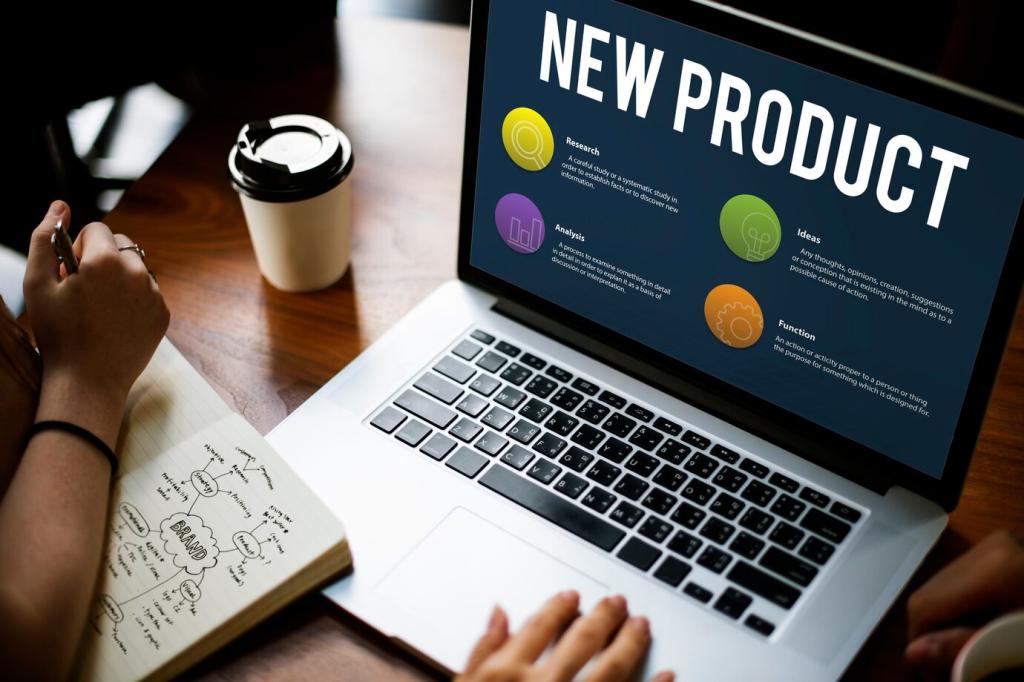
Leveraging Video Content in Coaching: Inspire, Teach, Transform
Chosen theme: Leveraging Video Content in Coaching. Welcome to a space where your camera becomes a catalyst for clarity, momentum, and measurable growth. We’ll explore practical, human ways to use video—short check-ins, live sessions, and thoughtful walkthroughs—to amplify impact. If coaching is your craft, consider this your studio. Subscribe for weekly prompts, share your biggest video challenge in the comments, and let’s build a coaching practice your clients can see and feel.
The Case for Video-First Coaching
Clients read your tone, posture, and micro-expressions on video, which deepens trust and lowers ambiguity. When they can see your encouragement, accountability feels collaborative rather than punitive. Ask readers to share moments when a face-to-face message changed their motivation.

Define Outcomes and Cadence
Start with the transformation you promise: skill mastery, career clarity, or habit change. Map videos to milestones, then set a predictable cadence. Ask readers to post their first 30-day video roadmap for feedback from our coaching community.

Format Mix: Live, Asynchronous, Microlearning
Blend live sessions for energy, asynchronous clips for reinforcement, and microlearning nuggets for quick wins. Each format should have a clear call-to-action. Vote in the comments: which format earns the most engagement in your practice right now?
Filming with Confidence, Not Perfection
Audio and Framing Basics
Clear audio beats fancy cameras. Use a simple lapel mic, face a window, and frame your eyes one-third from the top. Post a photo of your setup and tag us—we’ll offer quick tweaks to help you sound and look confident.
Authenticity Over Over-Production
Clients prefer honest delivery to glossy polish. Keep edits minimal; let your natural cadence guide the pace. Share a story about a ‘perfect’ video that underperformed versus an honest one that sparked conversation. Invite readers to reflect on authenticity wins.
On-Camera Presence Practice
Practice with a daily 60-second ‘teach one thing’ ritual. Smile with your eyes, vary tone, and pause for emphasis. Post your day-three clip in the community thread and ask for one suggestion to strengthen your presence.
Video Content Types That Move Clients Forward
Welcome and Orientation Videos
Set expectations with a warm welcome, program overview, and how to engage between sessions. This reduces anxiety and increases early momentum. Encourage readers to share a one-minute orientation draft and crowdsource a sharper opening sentence.
Demonstrations and Screen Walkthroughs
Show the workflow, not just the theory. Record a screen share to model behaviors like time-blocking, feedback framing, or résumé tweaks. Ask subscribers to comment on which process they want demonstrated next week, and vote on the exact steps.
Role-Play Reviews and Shadow Coaching
Invite clients to submit a short role-play video, then record a timestamped breakdown of strengths and next steps. Offer a supportive tone. Prompt readers to try one role-play review this month and report back with a key improvement.
Keeping Clients Engaged and Accountable with Video
Action Prompts at the End
Close every video with a specific, measurable task and a deadline. Example: ‘Record a 90-second reflection by Friday.’ Comment with your favorite call-to-action phrasing, and we’ll compile a community-tested list for subscribers.
Community Responses and Video Threads
Create a weekly thread where clients post short clips responding to a prompt. Peers give quick ‘two wins, one stretch’ feedback. Share whether public or private threads fit your audience, and why, to help others refine community norms.
Progress Journals with Short Clips
Replace long journals with 60–120 second updates. Visual cues reveal mindset shifts faster than text. Encourage readers to try a three-week video journal series and check in with a before-and-after snapshot of confidence or skill competence.
Watch-Time and Drop-Off Patterns
Note where viewers stop watching to identify confusing moments or weak hooks. Trim intros, strengthen transitions, or split long lessons. Invite readers to share a before-and-after watch-time chart after applying one improvement.
Qualitative Signals from Comments
Comments reveal where clients feel stuck or energized. Catalog questions, then create targeted explainer clips. Ask subscribers to paste a recurring client question and we’ll suggest a concise video angle plus a compelling call-to-action.
A/B Small Elements, Not Whole Videos
Test thumbnails, titles, or first ten seconds rather than re-recording everything. Small adjustments can lift engagement meaningfully. Post two alternate hooks in the community and let peers vote on which opening grabs them fastest.
Accessibility, Inclusion, and Ethics in Video Coaching
Captions, Transcripts, and Reading Pace
Always include captions and transcripts for accessibility and quick scanning. Keep language plain and pace steady. Ask readers which captioning tools they prefer and how transcripts changed client note-taking or revisit habits.
Privacy, Consent, and Boundaries
Gain consent before sharing clips. Blur faces or anonymize details for case studies. Set boundaries on when and how feedback videos are used. Invite coaches to share a one-sentence consent policy that balances learning with safety.
Neurodiversity-Friendly Video Design
Use clear structure, predictable cues, and minimal visual clutter. Offer pause points for processing. Encourage readers to adapt one video using these principles this week and report back on client comfort and comprehension changes.
Workflow and Tools for Coaches
Record on phone, trim in-app, upload to your platform, add captions, publish with a clear next step. Share your current pipeline, and we’ll help simplify two steps to reduce friction and increase posting frequency.

